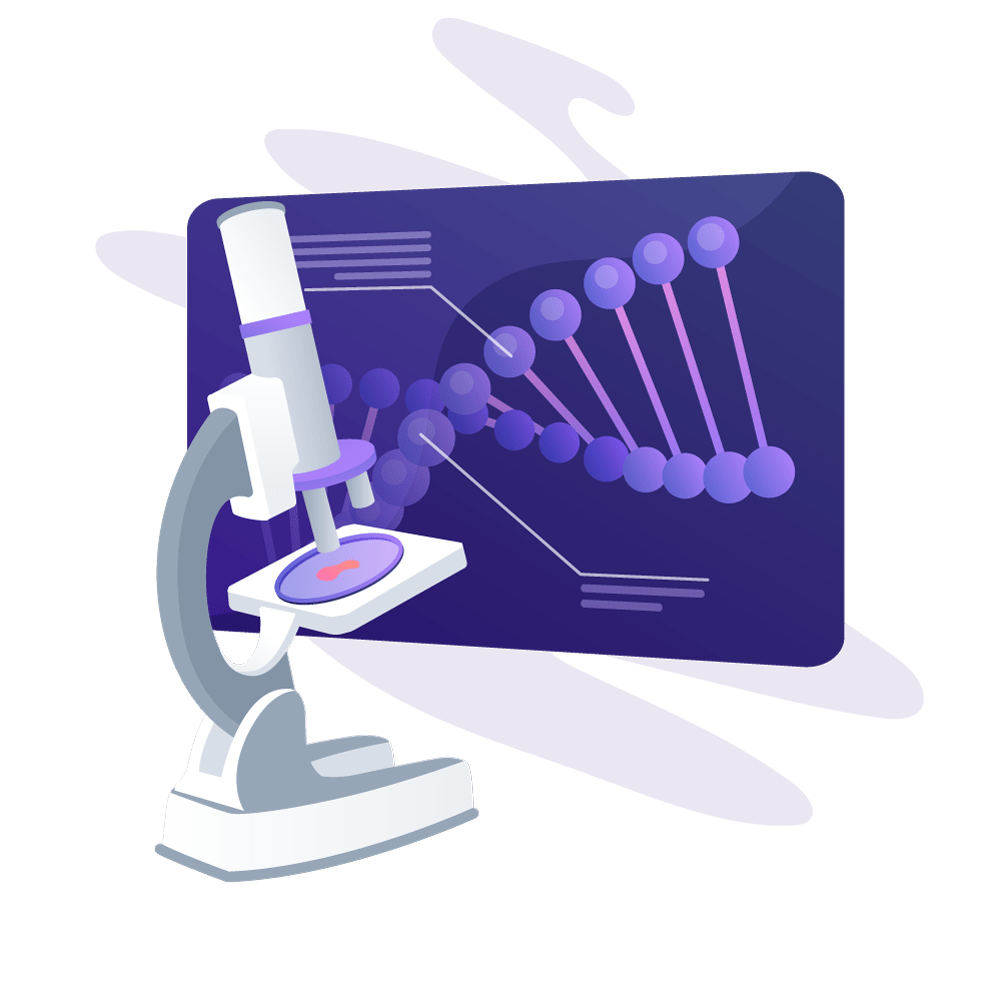Invention and change
In essence, technological change covers the invention of technologies (including processes) and their commercialization or release as open source via research and development (producing emerging technologies), the continual improvement of technologies.
Let's do something different, something special.

